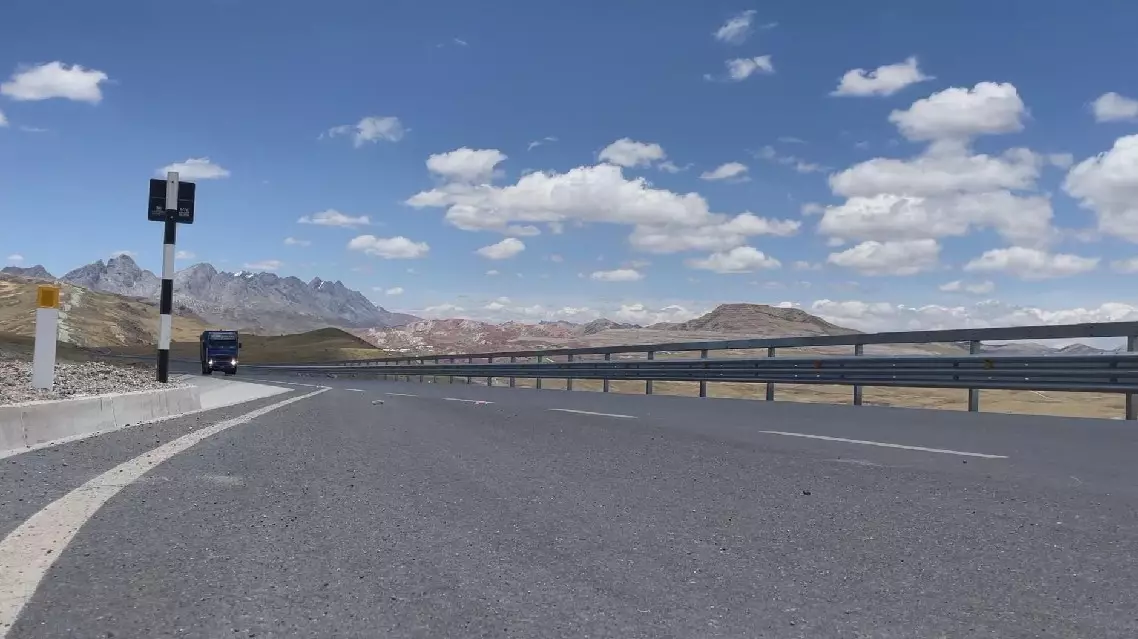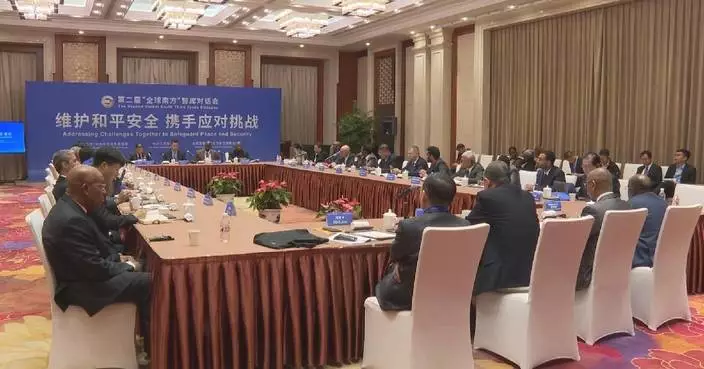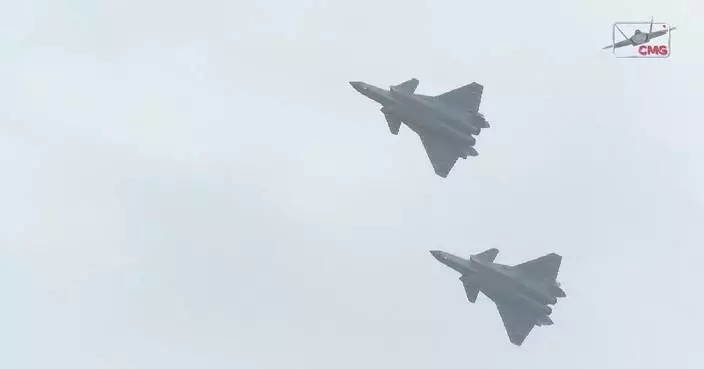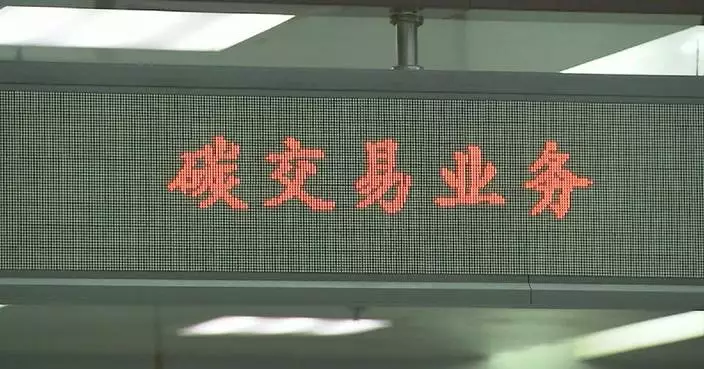The 15th China International Aviation and Aerospace Exhibition, also known as Airshow China or the Zhuhai Airshow, opened on Tuesday in Zhuhai City of south China's Guangdong Province.
The highly-anticipated biennial aerospace trade show will run until Sunday, and a four-hour flight demonstration, including performances of aerobatic teams and military jets, will be staged each day of the event.
On the first day, China's J-20 and J-35A stealth fighters, along with Russia's Su-57 stealth fighter, performed stunning aerobatics on the same aerial stage for the first time.
At the outdoor and indoor exhibition areas of the airshow, equipment of China's army, navy and air forces are on display, including the debut of the J-15D carrier-based fighter, the debut of the HQ-19 surface-to-air missile weapon system, and the new reconnaissance and strike drone.
This year's airshow also features the debut of lunar soil samples brought back by China's Chang'e-6 mission from the far side of the moon in June this year and a separate exhibition zone displaying unmanned aerial vehicles and unmanned ships.
The airshow has attracted 1,022 companies from 47 countries and regions to showcase their star aviation and aerospace products, including a record number of products being debuted to the public at the event.
On the sidelines of the airshow, domestic airlines signed orders with Commercial Aircraft Corporation of China (COMAC) for a total of 130 C909 and C919 passenger planes.
Meanwhile, Air China has signed an intention agreement with COMAC to become the first customer of the C929 wide-body aircraft.

15th Airshow China opens in Zhuhai
A road which is being constructed by a Chinese contractor in the mountains of Peru is expected to promote economic development in Huanuco province, which is located about 350 kilometers away from the Peruvian capital Lima.
Huanuco is surrounded by the towering Andes mountain range, with altitudes averaging over 4,000 meters, and its poor road infrastructure has posed significant challenges to travelers and to farmers when they want to ship their potatoes, corn and other produce to customers in other locations.
To mitigate these challenges, construction work began in 2019 on the Andes National Road project, also known as the Carretera Huanuco-La Union-Huallanca road project.
Located in the central and western regions of Peru, the 236.63-kilometer road is the country's largest infrastructure project under construction, and is expected to take 11-12 years to complete.
It is estimated to halve travel time for about 270,000 people in 243 towns along the road.
"I am a farmer. I have grown potatoes all my life. We tried to sell Huanuco products to Lima. Because there were only paths, it was difficult to get there. People had to travel for hours. But now, it has shortened the time," said Adalberto Vela, a potato farmer in Huanuco.
"In fact, it will lower the cost of products and it will be easier to transport the products to the capital," said Gonzalo Prado, a truck driver.
"From the point of view of transport in Peru, it was necessary, because it is part of the national highway system. This makes it easier and better for producers in the mountainous areas to profit more from their products," said Luis Cordoba, the director of the engineering department at the national highways bureau under the Ministry of Transport and Communications.
While trying to maximize the economic advantages of the new road, China Railway 20th Bureau Group Corporation Limited (CR20G), which is responsible for building the Andes National Road project, also works hard to protect the local environment.
This part of the Andes features a complex and diverse climate and a fragile ecological environment characterized by native forests along the route of the road.
To balance the requirements of heavy infrastructure work and a delicate environment, CR20G workers plant trees while building the road. The work team also includes experts specializing in environment, forest, safety, and community development. Nurseries have been established at different altitudes for different plants, and specialists teach forest protection knowledge to tens of thousands of residents along the road, and train forestry technicians.
"We are about to plant 40,000 trees. They are purely native species," said Luis Avila, a forest engineer.
"I look forward to the completion of the Andes national highway. Our construction team will deliver to the Peruvian people not only a high-quality expressway, but also a road surrounded by lush landscape, which is the best proof of Chinese companies' practice of biodiversity conservation. In my opinion, this road will be a road to poverty alleviation, a road that combines development and ecology, and a road of friendship between China and Peru," said Chen Jingfang, the executive manager of CR20G's Peru Branch.

Chinese-built road to promote economic, environmental development in Peru










